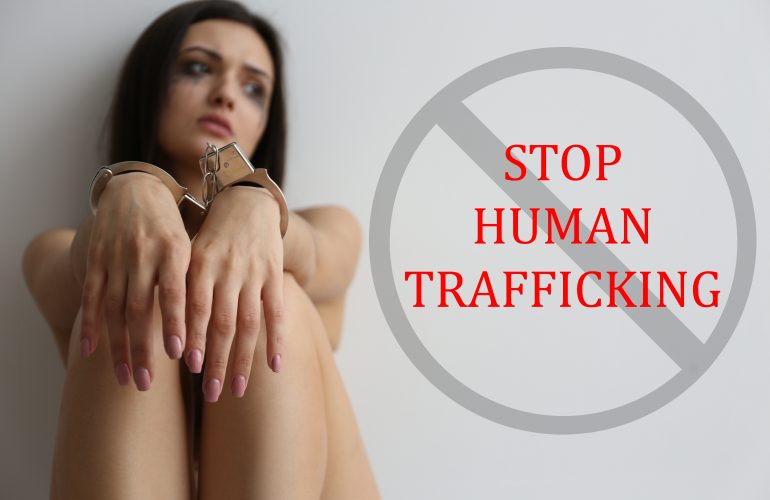Human beings are recruited, harbored, moved or obtained by traffickers around the world and right here in the United States. They are then trafficked into the commercial sex industry, agriculture and hard labor, restaurant and domestic work, nail salons, sweatshops, hotels, laundry services, janitorial services, and the fishing and logging industries. These people are held by force, fraud and coercion. They are modern slaves.
Trafficked people suffer physically, emotionally, psychologically and socially while they are held by their captors. They also suffer long after they become free, if they are so lucky. These individuals require care for medical problems, treatment for psychological problems and support for the many social issues they face after the trafficking ends. These services can help to restore the lives they once had before being trafficked.
Looking for Easy, Online CEUs?
Find Human Trafficking CEUs and many other subjects to fulfill your CE requirements. Click here for Human Trafficking CEUs
Sources of Support
Social and supportive services play a critical role in getting the right kind of help to people who have suffered the trauma of being trafficked. The needs of these people may be very complex and will require the coordination of multiple agencies and services including healthcare professionals, law enforcement, mental health professionals, attorneys, and other providers. Important elements to consider when seeking services are the length and degree of trauma experienced by the individual. All needs will simply not be the same. In addition, cultural background, gender, age, behavioral or mental status and physical health play into the types of services that will be required.
Type of Services Available
Human trafficking is a topic that most of us are only discovering now. After experiencing the initial shock of this terrible phenomenon, it is important to focus on what can be done to help these people. Since most of us are unfamiliar with human trafficking, we are equally unaware of the types of services that are available in our communities.
Here is a partial list of services available through various providers:
- Shelters
- Meals and food pantries
- Psychiatric and mental health services
- Street outreach
- Drug counseling
- Medical services
- Computer access
- HIV testing and treatment for AIDS
- Syringe exchange programs
- Overdose prevention and training
- Hygiene supplies
- Safe sex supplies
Community Resources
If you look, will find many community services in your community that you didn’t know existed. There are food programs that include soup kitchens, faith-based food banks, and many charitable organizations that will donate food to victims of trafficking. You will find shelters for women and children, homeless youths and runaways, as well as and faith-based housing. Clothing can be found in your town or city. Goodwill, The Salvation Army, AMVETS, St. Vincent de Paul, churches, schools, hospitals, and clothing banks can be found and contacted for help. If the trafficked person requires medical help, seek out community health centers, city and homeless clinics, and county mental health services.
The trafficked person will probably require legal assistance. There are many services that can help, including pro bono services offered by various law firms, community-based legal professionals, and immigration rights services. These people may require educational services offered through agencies providing adult education, classes in churches, schools and libraries. These services can help the individual earn their GED and get their lives back on track. Job training can be obtained through Goodwill Industries, Career One Stop. Various apprenticeships, vocational training and job placement services can help turn lives around for the better.
Some victims of human trafficking may be eligible for crime victim compensation. Contact your Health and Human Services agency in your town or city to find out more. Financial assistance can help relocate persons back to their country of origin and reunite them with their family. Other services include transportation assistance, battered women’s services, sexual assault programs, rape crisis counseling, and ethnic community and faith-based organizations.
Final Words
Human trafficking is a real and frightening phenomenon that causes harm, a lifetime of pain or death. These individuals may suffer from physical problems, psychological trauma and emotional distress while they are being trafficked and long after they are freed. They may require special kinds of help and services, most of which are right in our cities and towns. This article is meant to raise awareness not only of the many problems faced by trafficking victims, but the services and programs that are available in communities across the United States. Now that you are more familiar with these services, think of ways you can help support them. Volunteering or donating is a good start.
More About Human Trafficking:
Human Trafficking 101
Human Trafficking: Physical Health Consequences
Human Trafficking & Mental Health
Looking for Easy, Online CEUs?
Find Human Trafficking CEUs and many other subjects to fulfill your CE requirements. Click here for Human Trafficking CEUs

